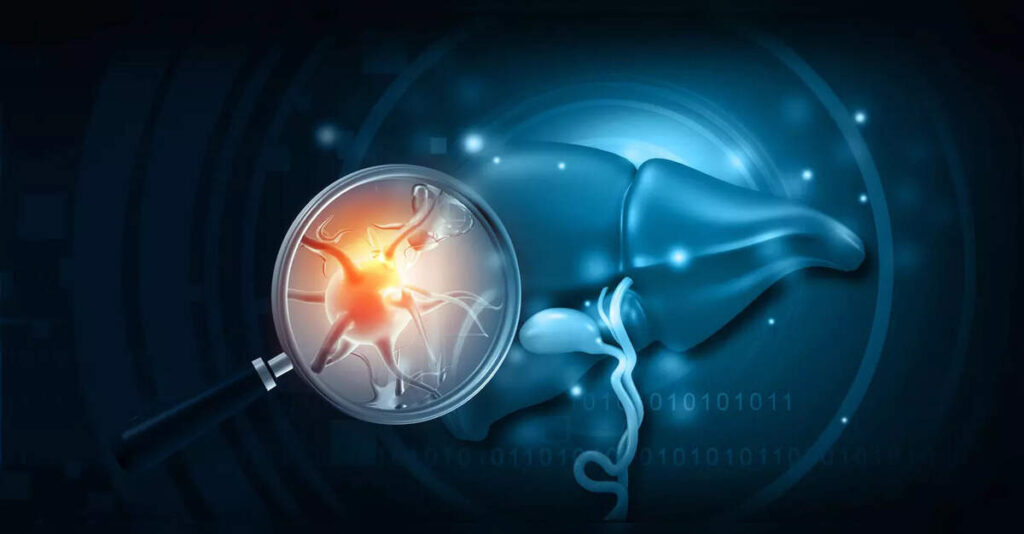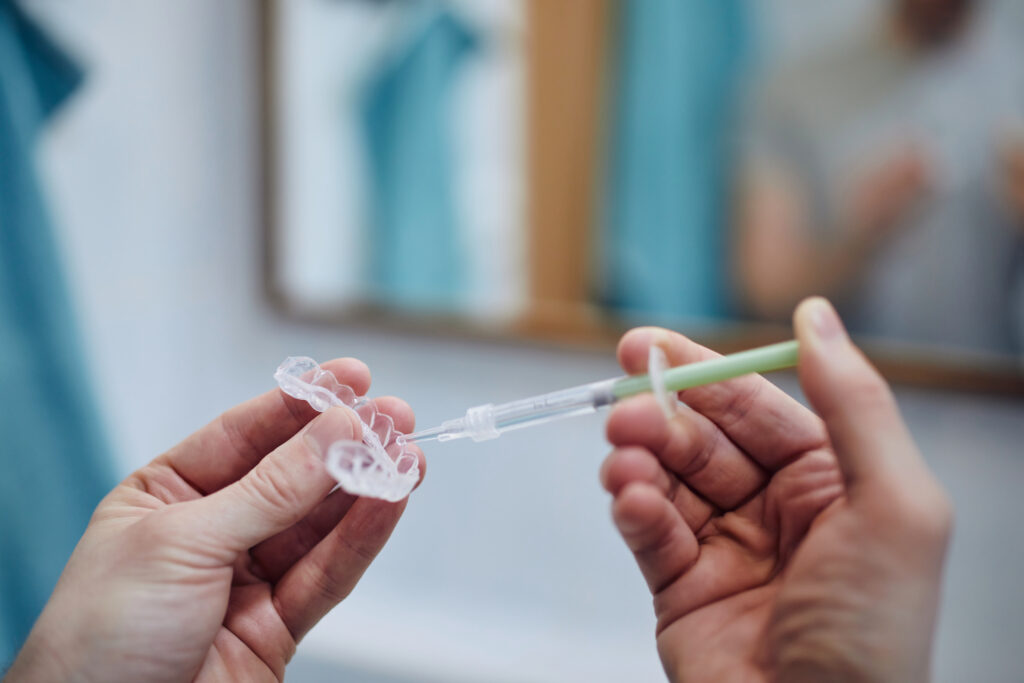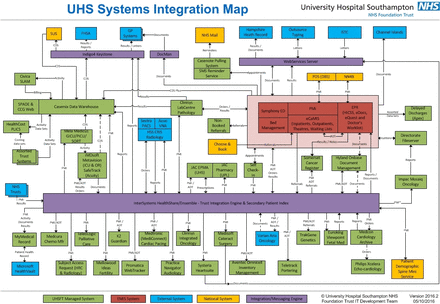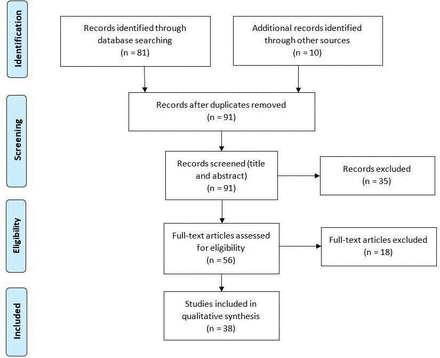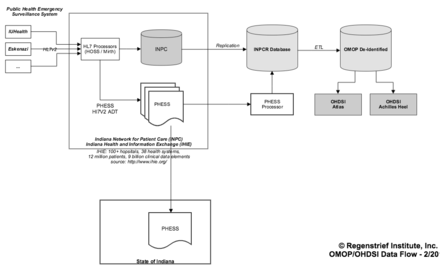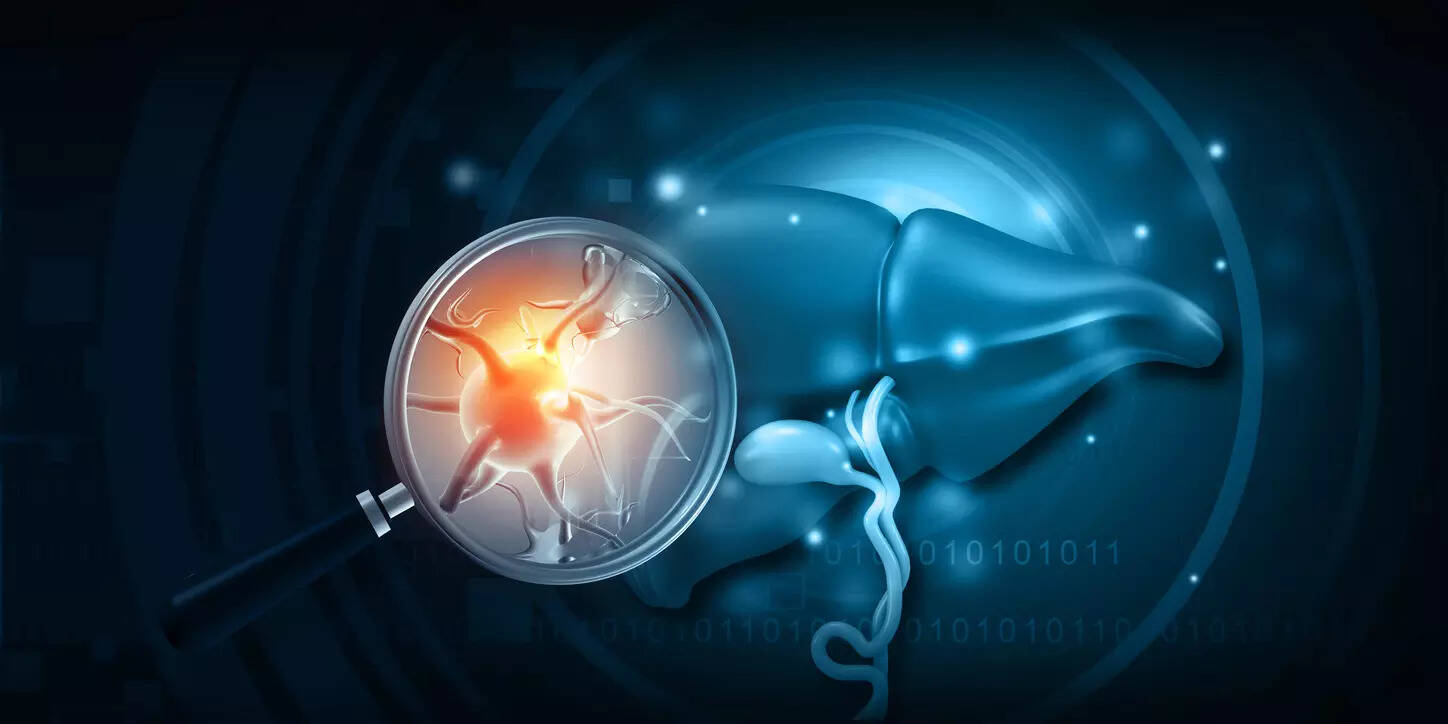
New Delhi: With the onset of the rainy season, hospitals across Delhi-NCR are witnessing a sharp rise in cases of hepatitis A and E, prompting experts to sound the alarm on World Hepatitis Day on Monday.
Doctors say the seasonal spike is linked to poor water quality, sanitation failures and unhygienic food practices, which put children, pregnant women and those with pre-existing liver disease at serious risk.
Several city hospitals reported a 30-40 per cent increase in cases of acute viral hepatitis compared with the dry months. There was also a noticeable rise in outpatient visits for jaundice, abdominal pain, vomiting and other classic symptoms associated with hepatitis A and E.
“In the last three weeks, we saw a 40% surge in acute viral hepatitis in our OPD,” said Dr Abhideep Chaudhary, president-elect, Liver Transplantation Society of India (LTSI), and vice-chairman, HPB and liver transplantation, BLK-Max Hospital. “Most patients are unaware of hepatitis vaccination. Unsafe water and lack of awareness remain key triggers. Hepatitis E can be fatal during pregnancy, while hepatitis A can cause acute liver failure requiring, in some cases, a transplant.”
Monsoon problems such as waterlogging, sewage contamination, and open drains further accelerate the spread of hepatitis A and E viruses, particularly in urban slums and informal settlements.
According to LTSI estimates and hospital data, over 70% of cases in India during the monsoon involve hepatitis E. Meanwhile, hepatitis A remains highly prevalent among children under 15. “This is a seasonal epidemic that returns every year, yet preparedness is lacking,” rued Dr Sanjiv Saigal, president, LTSI. “Infection is entirely preventable through clean water, hygienic food handling and vaccination for high-risk groups. As we mark World Hepatitis Day, the focus must shift from treatment to prevention.”
The World Health Organization estimates that hepatitis E causes nearly 20 million infections globally each year, with a significant proportion reported from India. In urban areas like Delhi, aging water infrastructure, unregulated street food vendors and rapid urbanisation fuel such outbreaks annually.
Chaudhary added that misinformation around jaundice being “self-limiting” often led to delayed diagnosis and worsened outcomes. “Patients believe they’ll recover without treatment. By then, complications will have set in,” he warned.
As part of World Hepatitis Day initiatives, NGOs and public health groups are stepping up awareness campaigns in flood-prone and high-risk zones – organising health camps, distributing leaflets and advocating improved sanitation in vulnerable areas. “Our advice is simple: eat only well-cooked food, drink safe water and regularly wash hands with soap,” said Dr Monika Jain, director, liver diseases and GI sciences, Sri Balaji Action Medical Institute.
While hepatitis B and C often dominate public discourse due to their long-term effects, doctors stress that hepatitis A and E pose an equally urgent threat during the monsoon season. Symptoms such as fatigue, nausea, dark urine and yellowing of the eyes are often ignored until the infection has progressed dangerously.
On World Hepatitis Day, doctors said the fight must begin with clean water, public hygiene, food safety and early intervention. These illnesses needn’t be deadly because they’re preventable.

